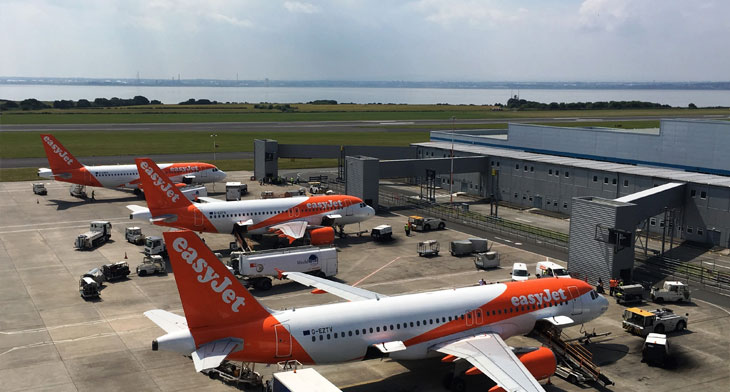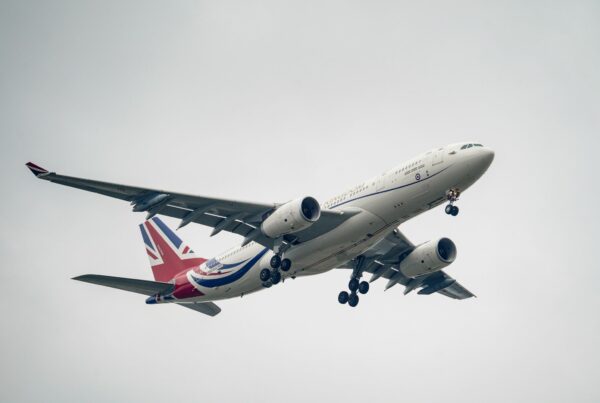easyJet has chosen the advanced network simulation solution Amadeus SkySYM by Optym to improve the reliability of its flight schedules.
The solution is one of the five solutions offered as part of the Amadeus SKY Suite by Optym, after Amadeus and Optym formed a partnership in 2016 to combine Amadeus’ investment and technical expertise with the latter’s network planning and scheduling suite.
The companies say SkySYM is the only technology in the market that can simulate airline schedules in the planning stage to improve schedule reliability. The solution works by simulating planned schedules under real-world conditions by modelling factors such as aircraft and passenger flows, maintenance activities, air traffic control events, weather patterns, and crew and baggage delays. It can also automatically adjust flight schedules in order to improve on-time performance.
Renzo Vaccari, vice-president of airline solutions for Optym, said: “Every airline wants to build optimal flight schedules that will both maximise profits and be more reliable. Our results show that the system predicts on-time performance (OTP) indicators with greater than 95% accuracy and improves OTP by up to 4%, with minimal impact to network profits.”
The companies say that solution will offer easyJet greater flexibility and revenue opportunities by allowing it to experiment with new schedules and adapt quickly to changing circumstances.
On the announcement, Andrew Salt, network optimisation manager at easyJet commented: “SkySYM is a well-developed, mature product that meets the needs of the network and schedule planning team at easyJet and we are delighted to develop our partnership with Optym and Amadeus with this product. We are confident that it will drive significant value to our business, whilst maintaining and enhancing the quality of our schedules for our customers.”
Discussing with LARA how the solution will help airlines, Vaccari said: “As you start building your schedule to optimise network profit and reduce costs, then what typically happens is you’re going to start utilising your assets as much as you can. This means shorter block times, shorter turn-around times or ground times, and in order to maximise profit you are going to be maximising utilisation and building schedules that are very efficient.
“The problem with this is that the tighter your schedule, the higher the likelihood or probability that if there’s a problem then that problem is going to propagate across your whole network.”
He explained that while OTP can be improved by building more contingency or ‘padding’ into a schedule, this has an impact on profit.
The SkySYM solution uses a proprietary simulation technology that simulates what the OTP of a schedule is going to be during the planning stage three or six months ahead, so airlines can simulate how the schedule will operate when looking at all operational considerations and can then build a schedule to minimise flight delays.
Jim Barlow, VP, strategic consulting at Amadeus added: “We think it’s particularly important for low-cost carriers because a lot of low-fare airlines schedule very tightly and focus a lot on utilisation, so we think they run a risk of having some on time performance problems, and a tool like this can help identify such problems in advance and then selectively be able to address them, without padding and causing them to incur a profitability hit.”
He also suggested the solution would be beneficial for regional airlines that work with mainline carriers as well, as they may “worry about on time performance because they need to connect to these people, and understanding how you fit with your mainline partner and making sure you’re on time so you can give passengers a good product is also very important.”
Written by: Kimberley Young
If you have any feedback about this article or would like to suggest a topic for future investigation, please contact us.








